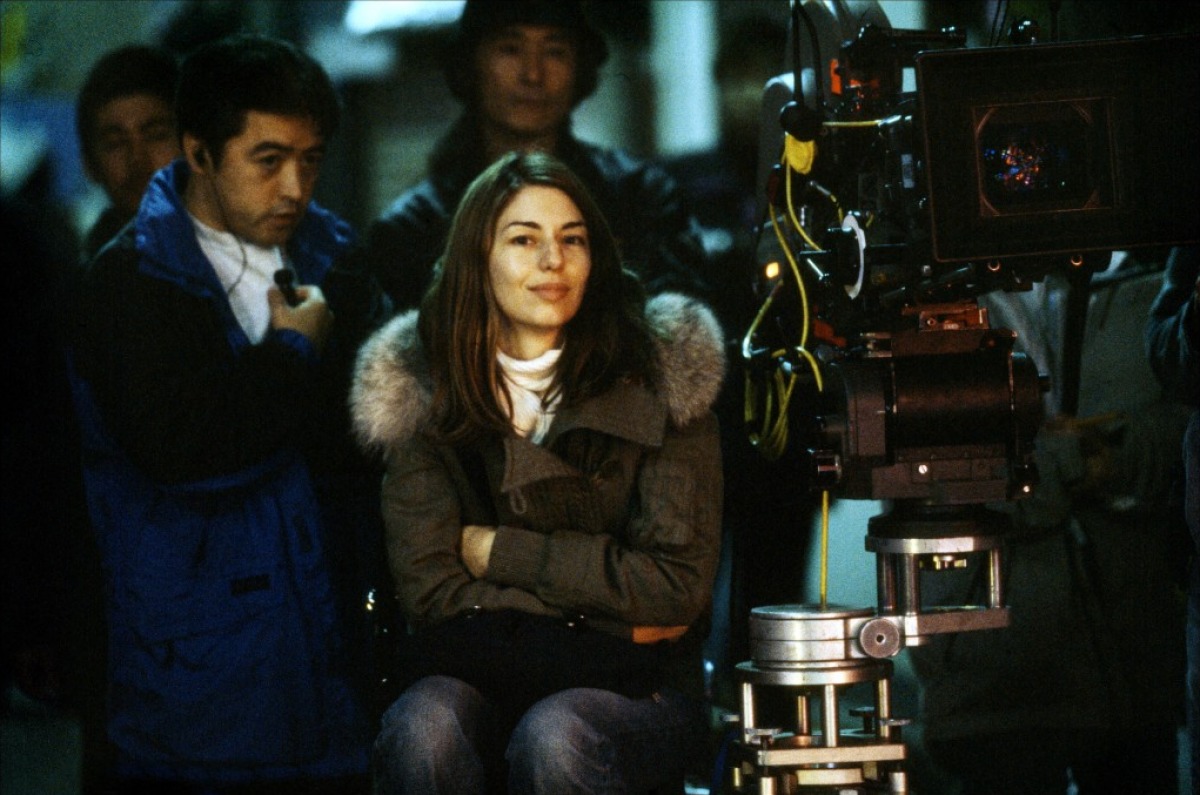Fifteen years ago, writer-director Sofia
Coppola's Lost in Translation became a surprise hit, its
particular melancholic spirit resonating deeply with far more people than Coppola ever imagined possible. After all, this was very much a personal film,
forged out of her own loneliness and existential angst over feeling disconnected
from everyone and everything in her life. Clearly, many of us could relate.
Fifteen years on, many of us still do.
On a few occasions on social media recently, I've noticed some viewers reassessing the film through the lens of contemporary understandings of historically cliched portrayals of relationships between older men and younger women in film. For
some, the relationship between Bill Murray's Bob and Scarlett Johansson's
Charlotte—mostly platonic beyond a few embraces and chaste kisses, but over the
course of the movie it's obvious that each character is tempted to take things
to the next level—has taken on a whole new aspect in the era of #MeToo. I
understand these criticisms, but feel they're mostly misplaced when it comes to Coppola's film.
Coppola was attempting to make sense of her own struggles with
feelings of isolation and an inability to make connections with other people. I
mean, who are we to tell her that her movie is now problematic? These were her
feelings, writ large on screen, in all their chaotic, messy, and yes,
problematic, glory.
Feeling
disconnected from the world around you and then having a brief, yet
profound connection with someone who feels similarly alone doesn’t always
make perfect sense. Many criticisms of the Bob and Charlotte relationship seem
to be trying too hard to project a neat and clean morality onto a movie that’s
all about how messy and complicated human connection can be. As Kathryn Bigelow
once said, "Those
of us who work in the arts know that depiction is not endorsement. If it
was...no filmmaker could delve into the thorny subjects of our time."
With
Lost in Translation, Sofia Coppola examined how sometimes two people at different stages of their lives who feel
lost at sea can help each other, even if only briefly, to feel alive again. Who
can't relate to that?



Comments
Post a Comment